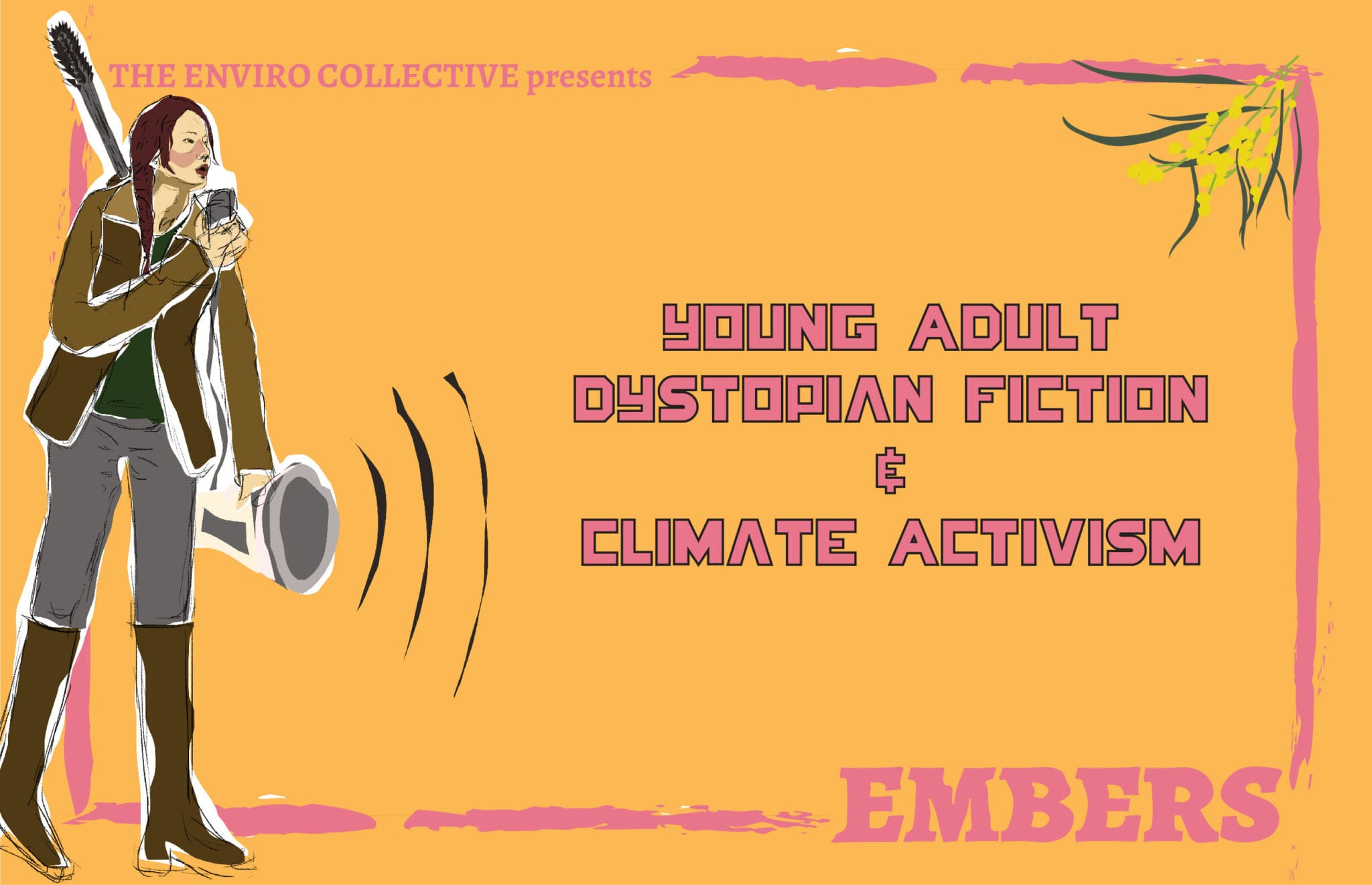There are many clear parallels that can be drawn between young adult dystopian fiction and the climate justice movement. Characters often live in worlds full of violence, manipulative technology, extreme poverty, totalitarian governments and military control. A large majority of these stories attribute their repressive social structures and bleak ways of life to a catastrophic event in the past, often a war or natural disaster that completely devastated their country or continent. Memorable examples include the sun flares in James Dashner’s The Maze Runner series or the unspecified ecological collapse and “dark days” in Suzanne Collins’ The Hunger Games.
Apocalyptic environmental disasters shape many young adult dystopian stories, creating worlds that are dangerous, oppressive and difficult to survive in. Characters regularly struggle to find food and basic living supplies or they are given barely-substantial rations by a government that subjugates and exploits them. Ecosystems are often barren; flora and fauna are extinct, leaving behind a lifeless, depressing wasteland. Extreme weather events terrorise survivors and destroy more of what little they have left. Authors paint a grievous picture of what is possible if climate change does continue unchecked, leading to many young readers understanding and fearing the results of ecological disaster.
The genre often places emphasis on identity and belonging. Whether characters feel an alliance to the geographic area they are designated to live in or a personality-themed faction they were split into (such as in Veronica Roth’s Divergent series), the stories consistently encourage communities to unite against their enemies and resist the Orwellian states they live under. These values are often reflected in modern climate activism. Ordinary people come together to attend strikes and demand that governments and major corporations stop accelerating climate change and take action to prevent a real apocalypse. Quotes, characters and symbols from these books feature on many posters and in chants at climate strikes; enabling relatable and meaningful ways to convey messages.
The influence of young adult dystopian fiction has already extended beyond entertaining slogans. The mockingjay symbol and three-fingered salute in The Hunger Games, both of which come to represent hope and rebellion in the series, are banned in Thailand for inciting political unrest. Specific films in the series are also banned in China and Vietnam and the books are banned from libraries in multiple areas of the United States.
Young adult dystopian fiction dominated the market in the early to mid 2010s. Teenage readers of the time are now young adults and of university age themselves. Recent increases in student climate activism suggest that these books may have had more influence than is recognised. Perhaps the themes that characterise this style of fiction have indirectly inspired collective action against fossil fuels and climate-denying politics. As many have repeated recently, if you raise children with stories of young people taking down corrupt systems against all odds, what do you expect them to do when faced with similar threats in the real world?





